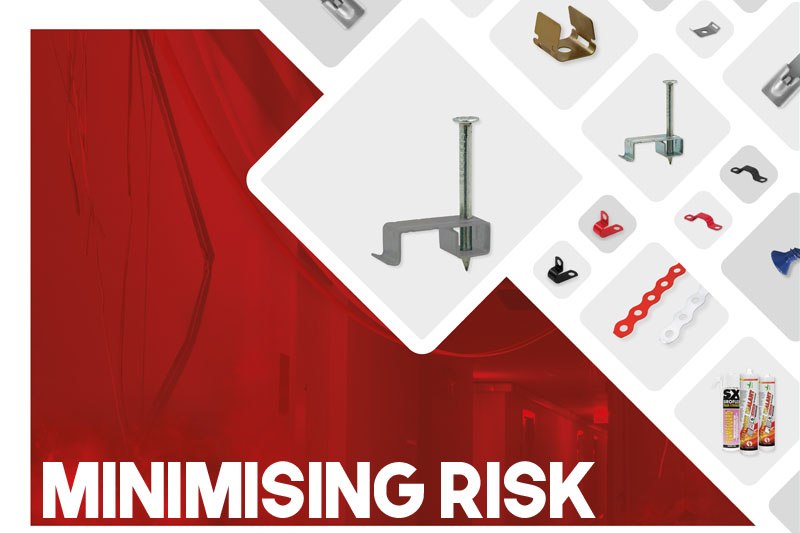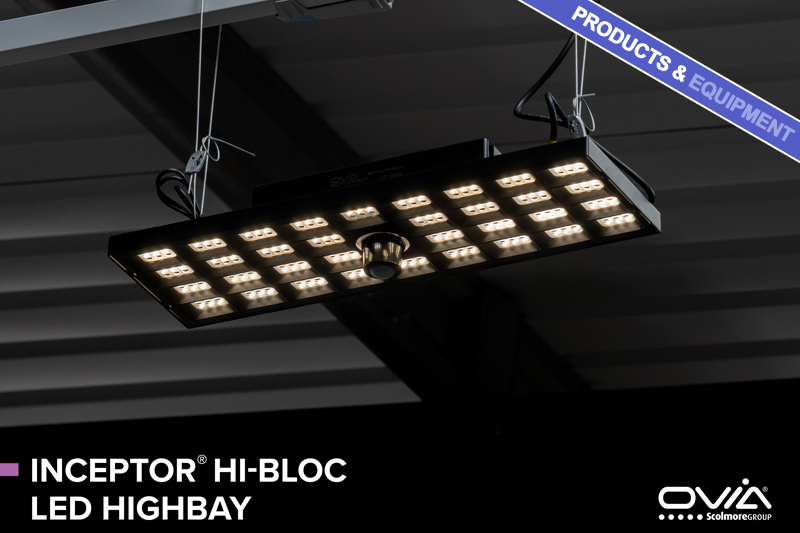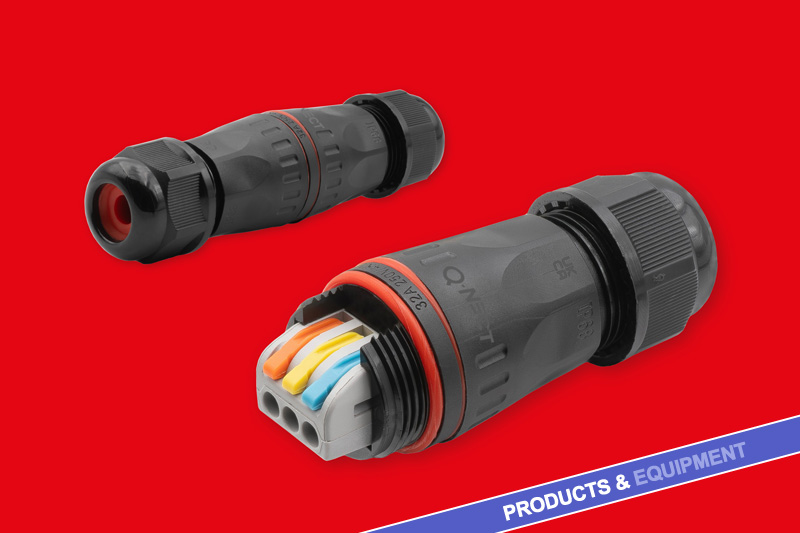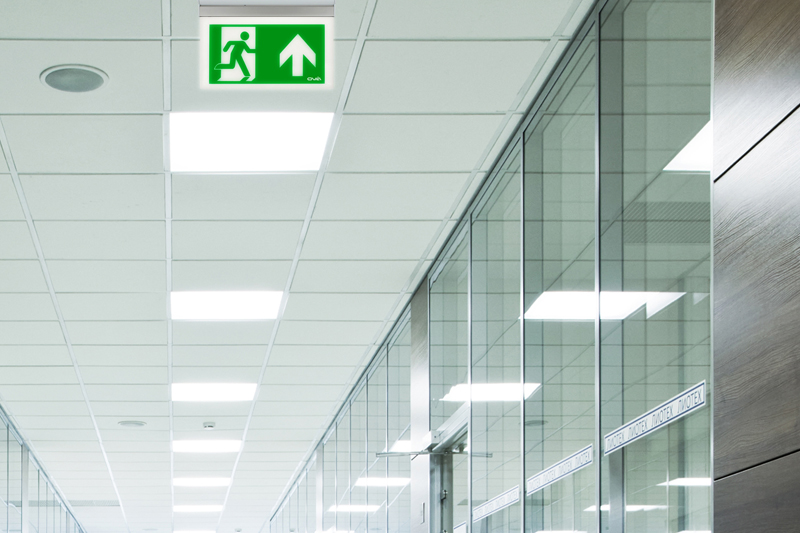Jake Green, Head of Technical Engagement with Scolmore Group, considers the general requirements of Regulation 521.10.202.
After several tragedies, Regulation 521.11.201 (AMD 3 BS 7671: 2008) was introduced; its purpose being to limit the risk to firefighters from entanglement by cables when they entered or exited a premises.
This regulation has now been renumbered as 521.10.202 but remains essentially the same except for the removal of any reference to escape routes. It now reads: “Wiring systems shall be supported such that they will not be liable to premature collapse in the event of a fire.”
This requirement should not be confused with the recommendations of standards like BS5266-1 (emergency lighting) and BS5839-1 (fire detection and fire alarm systems), which recommend methods of cable support to maintain circuit integrity during a fire.
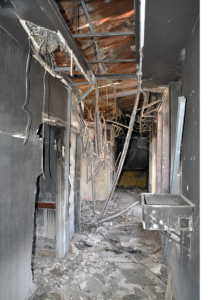
Escape routes and BS 7671
The original regulation referred to escape routes, and this generated a level of confusion: ‘How should escape route be defined?’
BS7671 defined escape routes differently to that used in other guides, regulations and legislation. For example:
- BS 7671 – ‘Path to follow for access to a safe area in the event of an emergency’.
- Building standards technical handbook – ‘…means a route by which a person may reach a place of safety…’.
- Approved Document B in England and Wales – ‘…that part which a person has to traverse before reaching either the safety of a final exit or the comparative safety of a protected escape route….’
The removal of ‘escape routes’ from the regulation now means that it applies to all areas of the installation.
Premature collapse
There is no specific definition of ‘premature collapse’ to be found in Part 2 of BS 7671. One dictionary definition of ‘premature’ is, ‘occurring or done before the usual or proper time; too early’.
Since the purpose of Regulation 521.10.202 is not to maintain the critical signal path, rather to limit the risk to firefighters; premature collapse should be considered in relation to that single purpose.
Electrical contractors, network installers and the like are not best able to judge how fires behave, the likely temperatures that will be attained, nor how firefighters will carry out their role within a premises that is on fire. It is important, therefore, that electrical contractors and other installers give due consideration to the support given to wiring systems to provide maximum reasonable application of Regulation 521.10.202.
Unicrimp, a Scolmore Group company, offers a comprehensive range of cable accessories within its Q-Fire fire-rated range that are designed to provide the necessary protection from premature collapse.
There is a great deal of responsibility placed on contractors to apply Regulation 521.10.202, not because they want to meet minimum expectations, rather because they want to protect firefighters who are working under extremely dangerous conditions.
An electrical contractor should consider, as a minimum, the following:
- Wall fixings:
- Careful consideration should be given to the mass of the wiring system that is to be supported (including the trunking, cable tray, etc. with the cables in situ).
- Will the structure of the building maintain sufficient fire resistance to permit cables to avoid the need for metallic supports? Will such supports be sufficient if firefighters damage ceilings when applying water?
- Cable clips – metallic clips are essential as indicated by Note 3 and 4 of Regulation 521.10.202.
- Brackets or internal clips for PVC trunking – to keep the lid or cables in place (see Note 3 of Regulation 521.10.202).
Conclusion
Electrical contractors should carefully consider their responsibilities when installing wiring systems. Under fire conditions, failure to make the right installation choices may lead to serious consequences.
For more information, click here

